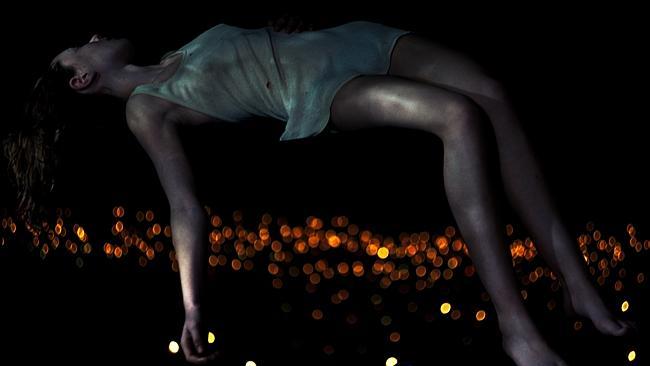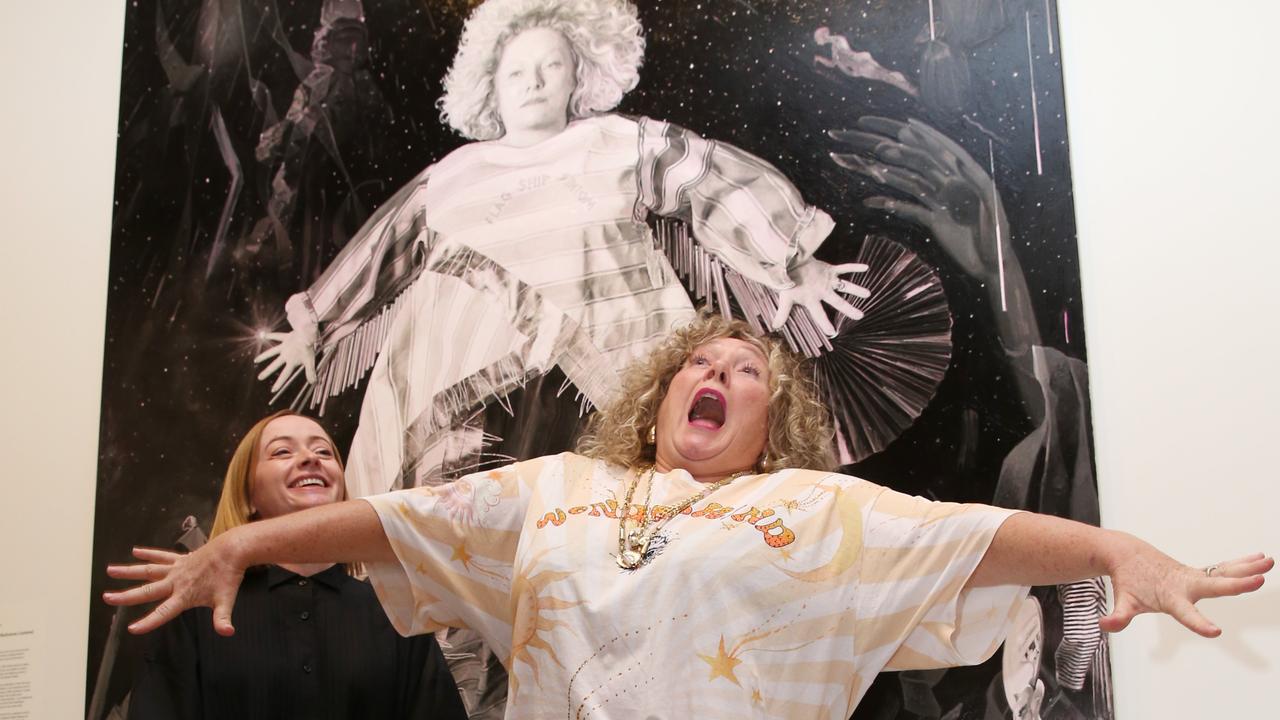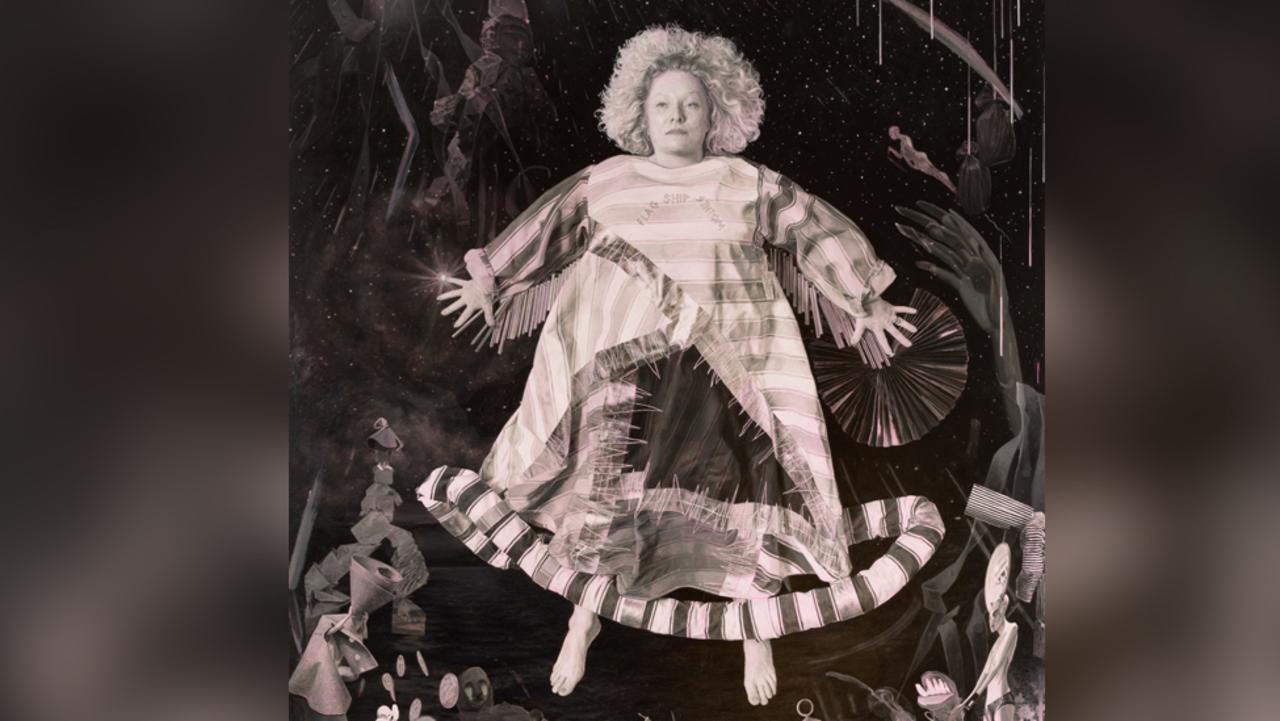Bill Henson captures the sublime beauty and sadness of adolescence
BILL Henson’s bruised and tarnished human forms inhabit some tenebrous wasteland on the edge of an inhospitable city.

AT the end of a cul-de-sac, in a backwater of an almost rural suburb of North Melbourne, behind a high iron gate and a small jungle of palms and tree ferns, lives and works Australia’s greatest photographer.
Bill Henson and his wife, the painter Louise Hearman, have two cavernous studios in a converted Victorian grocery warehouse, and here Henson continues to produce the astonishing and original works so sought after by museums and collectors around the world.
Henson is my friend and a visit to his studio is always a great event. Beyond a towering assembly of his recent work — large images of the nude, shot on film and printed by the artist himself with exquisite care and craftsmanship — rise his bookshelves, which extend over two floors and must constitute one of the most interesting and scholarly private libraries in the southern hemisphere.
Our literary tastes unfortunately converge here and there, and not seldom if I contact an antiquarian bookseller in New York or Edinburgh and try to order a rare work by, say, Norman Douglas or Forrest Reid, I will be told that, regretfully, the book I had wanted has already been snapped up by a collector in Melbourne. It is surprising that our friendship has survived such affronts.
Henson has an extensive library of 19th-century architectural books as well as rare volumes on horticulture, the making of gardens and the history of art. However, it is his photography, and a chance to see it outside of a commercial gallery, that is the chief pleasure of visiting this remarkable artist.
I have heard Henson both dismissed and extolled as an “erotic” photographer, which is woefully remote from the truth. His recurring subjects, nude or partially clad, are a far cry from the strutting mannequins with whips, black PVC girdles and stilettos that are the cliches of commercial eroticism.
Far from titillating with fetishistic images or a cavalcade of lubricity, he shows us the pain and loneliness of puberty, the sadness of adolescence as well as its beauty. Bill Henson’s bruised and tarnished human forms inhabit some tenebrous wasteland on the edge of an inhospitable city. He looks at the joyless carousals of youth, the fearful couplings and the moments of heartrending tenderness, that no other contemporary artist has attempted to portray.
His figures, caught seemingly in the blue flash of headlights or refracting the illumination of some outer suburban wasteland, have such poignancy and grace that it is difficult to believe they could be perceived as offensive.
However, loyal to the great philistine tradition of Australian politicians, a recent prime minister — no less — described Henson’s work as “disgusting” without ever having seen it. Perhaps it is Henson’s sensitivity and the refinement of his vision that is his most unforgivable heresy in contemporary Australia.
Nature is through Henson’s lens always sublime. He is in the tradition of the great British romantic landscape painters of the early 19th century, like Turner or John Martin. Colour, used so sparingly and with such powerful effect in his figure compositions, triumphs in his landscapes, which have the dark opulence of Joseph Wright of Derby. Here we find none of the enamelled blue empyrean of traditional antipodean landscape, any more than his youthful subjects wear the dazzling dentistry of “g’day mate” Australia. In Henson’s work it is always night or dusk, never cosy or domestic but always sublime, moving and memorable, even if his subject is the mean and unlovely purlieu of some decaying industrial estate.
Little wonder that the noctambulist Henson, living amongst his countrymen, chooses to reside behind a high iron gate, a small jungle of palms and ferns and a parapet of precious books in a cavernous studio. Here, in seclusion, he makes his magnificent, if to a few unpatriotic, masterpieces.
This article first appeared in the inaugural edition of The Art Book, published this month. www.theartbookmagazine.com.


